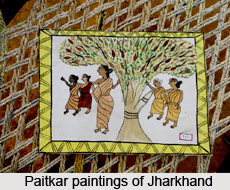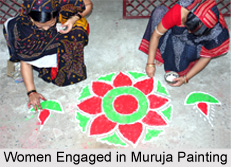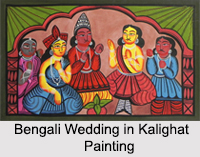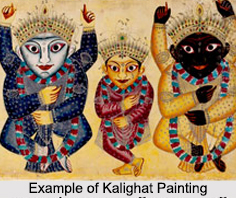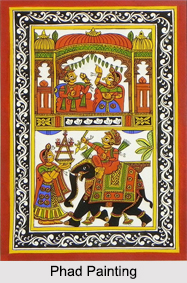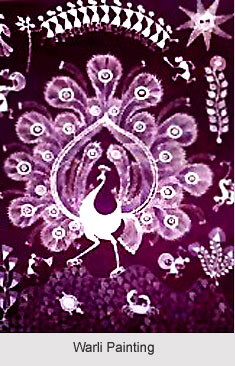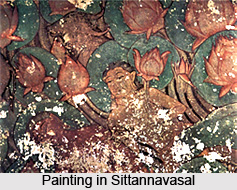 Sittannavasal is a village and famous Jain centre of early Pandya paintings. It is situated approximately 15 km from Pudukkottai, a celebrated place for various reasons. Sittannavasal is said to be the oldest inhabited place in the district.
Sittannavasal is a village and famous Jain centre of early Pandya paintings. It is situated approximately 15 km from Pudukkottai, a celebrated place for various reasons. Sittannavasal is said to be the oldest inhabited place in the district.
In Sittannavasal, there are several megalithic monuments of prehistoric periods can be found. These include the burial vases, stone circles, cairns, tombs and cists. The stone beds found there were inhabited by the Jain ascetics. The inscriptions are written in Tamil, which had their origin around the 3rd century BC. The Tamil Brahmi script can be found at Vattezhuttu and the Tamil scripts up to the 10th century AD are found in the hilltop named Eladipattam.
A pre 9th century Jain rock cut temple with its world famous mural paintings can be also found in the Sittannavasal. The Jain temple here represents the typical architecture of that period. There is a small `garbha griham` (sanctum) and an ardhamandapam (portico) in the temple. The mukhamandapam, which was added in later period, had collapsed. A verandah was also added in the 20th century by the Tondaiman rulers.
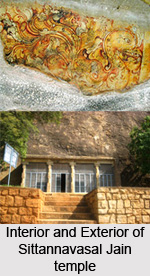 There are very few sculptures in the Sittannavasal Jain temple. There are only five statues in dhyana (meditation) position. These are of some Jain Tirthankaras and acharyas. But the mural paintings of the shrine have made it famous. Earlier, these paintings were all over except the floor but now only few of them have retained. The walls of the `ardhamandapam` contain few wonderful paintings of that era. Among these paintings, two of them are of graceful dancers. Many of the lotus tank composition on the ceiling are lost by now, but the remaining paintings still attract the art world. These paintings represent a delightful lotus pond with lotus flowers, lilies, fish, geese, buffaloes and elephants. Three devotees are shown in their loincloths and are wading through the water to collect the flowers. The walls, ceilings and rafters of the Sittannavasal temple have the paintings of lotus, geese and beautiful geometrical pattern. These paintings here are supposed to be the extension of the Ajanta tradition that was to be followed by the Cholas and others.
There are very few sculptures in the Sittannavasal Jain temple. There are only five statues in dhyana (meditation) position. These are of some Jain Tirthankaras and acharyas. But the mural paintings of the shrine have made it famous. Earlier, these paintings were all over except the floor but now only few of them have retained. The walls of the `ardhamandapam` contain few wonderful paintings of that era. Among these paintings, two of them are of graceful dancers. Many of the lotus tank composition on the ceiling are lost by now, but the remaining paintings still attract the art world. These paintings represent a delightful lotus pond with lotus flowers, lilies, fish, geese, buffaloes and elephants. Three devotees are shown in their loincloths and are wading through the water to collect the flowers. The walls, ceilings and rafters of the Sittannavasal temple have the paintings of lotus, geese and beautiful geometrical pattern. These paintings here are supposed to be the extension of the Ajanta tradition that was to be followed by the Cholas and others.
The two layers of paintings, an earlier Pallava and a later Pandya were recently found in the Sittannavasal cave. Apart from the lotus pond, there are also paintings of a prince and a princess with a monk and the other is of two marvellous dancers. These represent the elegant revealing the craftsmanship of the painter of that time. Along the southern end of the front wall, there is a Tamil inscription, which mentions a Jaina acharya called Han Gautaman. He is said to have hailed from Madurai and had renovated and adorned the front terraces of the Sittannavasal cave. The fairy display of the figures of dancers with flowers and pearls show the elaborate brushing. Another painting depicts the crown of the prince accompanying the princess. These are simple but powerful and reveal the skill of the painter.
